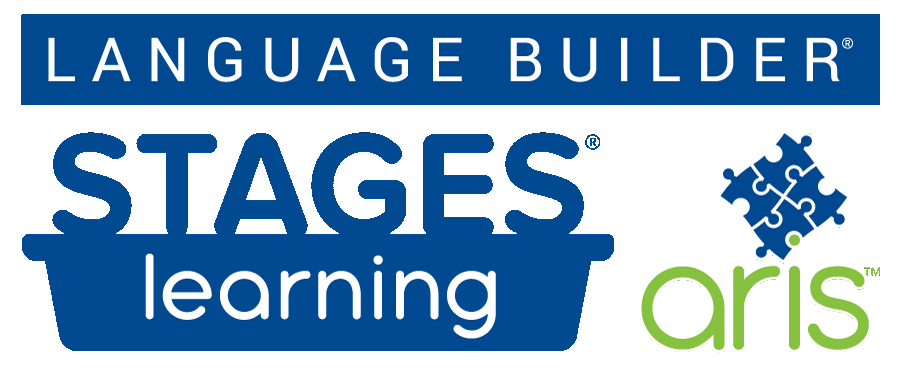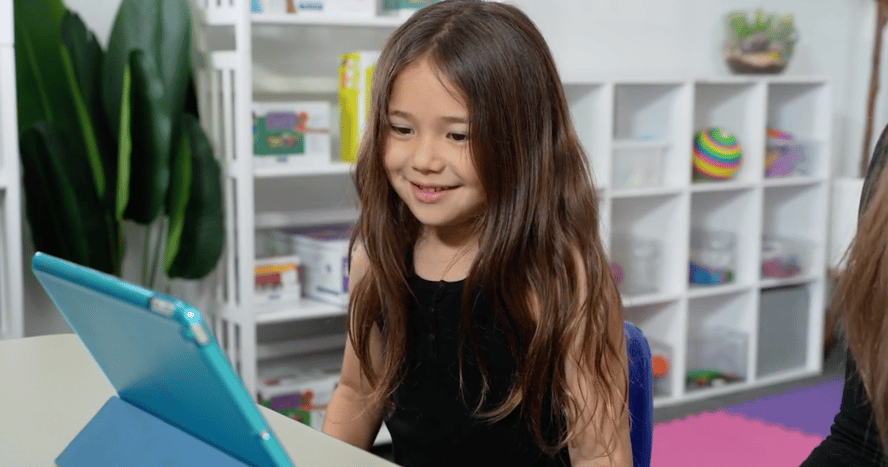
Acceptance & Commitment Training (ACT) is an area grounded in behavior analysis that is bringing a more compassionate, values-based approach to behavioral treatment and skill development for autistic children.
While originally developed as a form of clinical psychotherapy called Acceptance and Commitment Therapy, ACT (T = training) has evolved into a set of processes that can enhance treatment outcomes when considered from a client perspective, and as a lens for supporting parents by building psychological flexibility and a willingness to move towards long term goals in light of challenging or difficult situations.
What Is ACT?
ACT involves a set of six processes that are interrelated and are often presented as a Hexaflex model:
From: Hayes, S.C et al (2006) Behaviour Research and Therapy, 44.
Let’s investigate the six ACT processes as part of a child’s treatment from the lens of enhancing parents' psychological flexibility, hence enhancing participation in their child’s treatment program.
1. Values
Values are those core beliefs that are meaningful in driving one’s actions. Behaviorally, these values can act as a source of motivation to persevere through difficult situations. By identifying and clarifying values, one can tap into what is most important in the long run and avert behaviors that are likely to serve as avoidant. For example, a parent may identify the value of the importance of building strong family connections, which includes eating dinner together every evening at the table. However, their child rarely sits at the dinner table for more than two minutes at a time. The continued action of returning the child to the table and working towards building up the stamina to sit at the table is exhausting – and despite the more immediate desire to just sit and eat – then feed the child afterward, parents persevere because the value in reaching the long-term goal of sitting together for the duration of dinner provides the motivation to persist with intervention.
2. Acceptance
This process is the opposite of experiential avoidance. Often, as humans, we tend to gravitate towards more immediate gratification instead of working through or tolerating more difficult, stressful, or frustrating experiences that offer gratification later on (I’ll have this one yummy cupcake and get back on my diet plan tomorrow so I can fit into my dress). Acceptance is understanding, and, well, accepting, that challenges are going to arise and things may get hard. Uncomfortable situations cannot be avoided, but need to be worked through. In coming back to the previous example, the parent continuing to eat dinner rather than putting in the effort to keep bringing the child to the table provides more immediate gratification — one gets to eat dinner without interruption — but it comes at the expense of working towards that long-term reward of sitting for family dinners each night and building those strong family connections. Acceptance is jumping that hurdle and being “okay” with the discomfort enough to keep going.

3. Self-as-Context
Self-as-context, sometimes called “the observing you,” is the story that we have about ourselves inside our heads. Sometimes, the scripts that we have of ourselves are limiting, and prevent us from meeting our potential. As a parent, one might think, “I am not a teacher”; “I am not a behavior specialist”; “I am not a good parent”; or “I am not strong enough to deal with this!” Having these thoughts tends to interfere with how we react to certain situations and promotes either action or inaction. For example, the self-talk of “I am not a teacher” may interfere with a parent’s belief that they can effectively implement a treatment program, such as the ARIS® Academic Readiness Intervention System Curriculum, with their child, despite how clearly the steps are broken down on each program sheet. The self-talk of “I don’t know how to deal with this behavior” may interfere with the challenges that come as part of managing challenging behaviors. However, working towards changing the script by engaging with ACT processes, such as accepting that difficult situations will arise and staying in touch with one’s values, can go a long way in meeting long-term, values-based goals. Using ACT can help parents identify the language or self-description that might be leading to inflexibility and then support letting go of these particular scripts.
4. Present Moment Awareness
Present Moment Awareness is a concept based on mindfulness. It is important not to mistake mindfulness for meditation. While meditation can be an effective tool for strengthening mindfulness (I like to call it yoga for the mind), the terms are not synonymous with one another. Mindfulness is simply the ability to focus on being aware of something. Essentially, present moment awareness, from an ACT standpoint, is the process of noticing the onset of challenging thoughts and feelings. When one can pause at the first sign of discomfort and become aware of such thoughts and feelings before reacting to them, there lies an opportunity to choose how to proceed – in a manner that quickly alleviates the discomfort (experiential avoidance), or to respond in a way that moves one closer to their values. When a parent or caregiver can learn to notice the feelings of frustration bubbling up – like that moment when the child leaves the dinner table for the third time – having present moment awareness to think, “I am starting to get irritated with this process…” is precisely the time to pause and reflect on what is most important. This pause is essentially the fork in the road where a parent chooses their next response.

5. Defusion
Defusion strategies are those that help to lessen the intensity of uncomfortable or unpleasant experiences. Sometimes, it can be difficult to detach oneself from the chatter that ruminates in the mind. Those “self-as-context” voices can be like a noisy devil on one shoulder and an angel sitting quietly on the other. Defusion exercises help to quiet down the problematic thoughts and ideas that parents tend to replay over and over again. Some simple, quick strategies can be used to accomplish this goal. ACT techniques also use metaphors to promote defusion, many of which can be accessed online. One popular metaphor, Leaves on a Stream, is one of the most popular defusion exercises that is grounded in mindfulness. Dr. Russ Harris, a prominent ACT professional, reviews several defusion techniques that are often used successfully. Perhaps one of the easiest is the “Thanking Your Mind” technique. For example, when a parent has the thought - “This is impossible! I don’t have the patience to deal with this!”, they simply notice the thought (thanks to employing mindfulness), and say, “Thank you, Mind! Thanks for sharing.” This simple process depersonalizes the thought and dissolves the power that it can have over a parent’s reaction to a situation, allowing them to realign with their values and choose to engage in committed action.
6. Committed Action
Actions speak louder than words. Committed action is the “doing” that comes from building up psychological flexibility. It is the action or behavior that comes from staying mindful of one’s values, accepting that difficult situations will arise, and reframing the stories that one creates about what one “can’t” accomplish. Again, using the same example, if a parent identifies the development of strong family connections as an important value, accepts that there will be a period in which they will have to experience interrupted and often chaotic dinner times, and commits to the action of following the intervention of bringing the child back to the table each time, then they will be ultimately rewarded with meeting the goal that aligns with the parent’s values rather than continuing the struggle with prioritizing the family dinner.
As a teacher, behaviorist, or therapist working with families, an understanding and application of these processes can lend an important boost to your ability to provide compassionate, values-driven support as you identify socially significant goals and treatment plans — especially those that you expect parents and caregivers to continue in the natural environment once your time with clients is done for the day.
Using the processes outlined in this article can not only be a tool for supporting parents and caregivers with facing the challenges of enhancing treatment and training for their children but can also be applied with the client in mind as well.
We hope you enjoyed the information in this article. STAGES® Learning also offers free downloadable resources to support teaching and learning with autistic individuals. Start with our free Picture Noun Cards and see our collection of other downloadable resources here!




